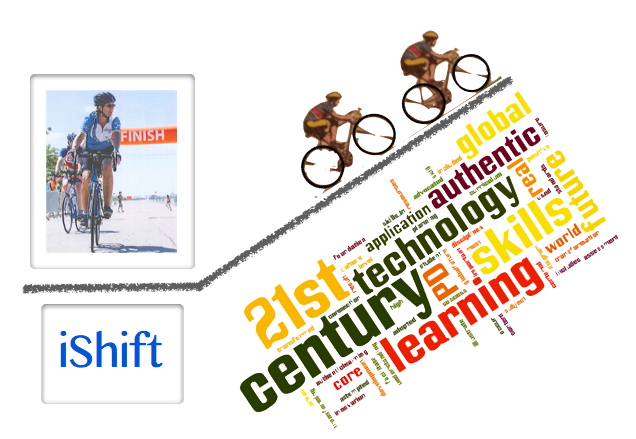During a particularly arduous section once in my cycling class, my coach offered this advice, “If you blow up in the middle of the effort, take a minute to regroup, then carry on. Get your heart rate under control, then continue the effort” (Kristen Meshberg www.pwppedalingwithapurpose.blogspot.com). I did a quick self-assessment, determined that I could continue the interval, and kept going.
This episode got me thinking about the role of rest. Sometimes when I’m on the bike, I just need a microbreak - time enough to shift to an easier gear, coast for a minute to regroup my energy, and get back at it. Other times, the best thing I can do to maximize performance is to get off the bike and rest for an hour. In addition to the breaks I need while on a ride, there is another very important rest cycle that needs to be used periodically; the recovery week. It took me a while to really understand this. My tendency had been to believe that when I had reached my fitness level goal, I could ride as hard and as often as I wanted. I’ve since learned that this is not wise.
The parallels of this to education are pretty glaring. As we go throughout our daily activities, there are brief moments when we need to reflect, regroup and renew our focus. I worked with a teacher once who, when he got frazzled, would step into the hall for 3-5 seconds and then emerge ready to carry on. Sometimes, our microbreaks can take the form of a deep breathing exercise or assigning a three minute free write. The point is, it allows us to “catch our breath”. During planning periods or lunch breaks, it’s really important that at least part of the time is spent on doing something that will renew our energy;

- Do something physical such as walking to the farthest point in the building and back (or even better, going outside)
- Have a positive conversation with a colleague
- Nibble on a bite of chocolate
Activities such as these can help shift us into a better place.
I wrote recently about the February Funk. If that wasn’t enough, high-stakes testing follow soon after. Come spring, many educators are in need of a recovery week. Mental fatigue, stress, and/or physical exhaustion are all realities that many educators experience. Thank God that spring break happens when it does! Having a plan for renewal during this week is helpful for shifting us back to optimum performance. During this week, I believe it is helpful to reflect on performance and think about the following:
- What are my priorities?
- What do I waste time on?
- What has been my greatest accomplishment? How can I build on this?
- What am I doing to take care of myself physically? (Am I getting sufficient sleep? Practicing good nutrition? Exercising regularly?)
- What am I doing to nurture my spirit?
- What am I actively doing to build my PLN?
Reflection is a good first step, but developing a plan to be intentional about change is required to make the most of a “recovery week”. The possibility of burnout occurs in education just as in cycling. It’s important to keep in mind that forward movement helps keep us fresh. Recovery weeks are meant to help us refocus on our purpose. “We don't get burned out because of what we do. We get burned out because we forget why we do it. Purpose keeps you fresh” (@JonGordon11).










